On October 3, President Donald Trump posted a 67-second AI video casting Project 2025 architect Russell Vought as a Grim Reaper figure during a government shutdown entering its third day, blending campaign theatrics with hard-edged budget politics in ways that used to be unusual for a U.S. president [1]. The AI video also caricatured Democrats as babies, escalating an already combative online style into overtly synthetic political imagery with high shock value [3].
The clip uses an AI-generated cover of Blue Oyster Cult’s 1976 hit “(Don’t Fear) The Reaper,” while portraying Trump on cowbell and Vice President J.D. Vance on drums, visual cues that mix pop-culture nostalgia with cutting symbolism of cuts and control [2]. Produced by the pro-Trump Dilley Meme Team, the video joins a growing canon of AI-driven political content pushing the boundaries of norms, tone, and taste in presidential communications [1].
The message was explicit: on-screen captions dubbed Vought “the grim reaper who wields the pen, the funds, and the brain,” tying his budget role to looming workforce reductions as the shutdown dragged on [4]. White House spokeswoman Karoline Leavitt separately warned layoffs were “likely going to be in the thousands,” linking rhetoric and real-world stakes for federal employees while Congress wrestled over spending [4].
International outlets flagged that the post came amid a broader spree of AI clips, including one with a skeleton band featuring Vance—an indicator that synthetic media is becoming a default instrument of political storytelling in 2025 [5]. Critics warned that multiplying AI videos risk confusing, offending, or misleading audiences, especially when released during tense budget showdowns with real fiscal and staffing consequences [5].
Key Takeaways
– Shows a 67-second AI video posted Oct. 3 during a 3-day shutdown, casting Project 2025 architect Russell Vought as a cloaked Grim Reaper. – Reveals production by the Dilley Meme Team and an AI cover of the 1976 Blue Oyster Cult hit, Don’t Fear the Reaper. – Demonstrates messaging aligned with proposed federal workforce cuts, as aides warned layoffs were ‘likely going to be in the thousands’ during budget fights. – Indicates escalating use of AI videos; at least two clips were posted the same day, featuring a skeleton band with JD Vance drumming. – Suggests norm-breaking presidential communications, including caricatures of Democrats as babies and Trump, 79, playing cowbell, provoking intense online backlash.
What the AI video shows and why timing matters
The AI video that landed on October 3 is short—just 67 seconds—but densely packed with political symbolism: a cloaked reaper walking Washington’s corridors, a soundtrack about “the reaper,” and captions anointing Russell Vought as the figure “who wields the pen” in the middle of a budget standoff [1]. The post coincided with day three of a federal government shutdown, entwining spectacle and governance at a moment when routine operations were already disrupted [1].
The visual gags underscored the aggression. Trump appears banging a cowbell. Vance keeps time in a skeletal band. Democrats are rendered as babies, a stylistic flourish designed to provoke and dominate online feeds as Congress and agencies grappled with the immediate costs of a funding lapse [3]. The piece’s brevity, production sheen, and meme-forward construction made it unusually optimized for sharing in a tense news cycle [3].
Who made the AI video and what music it uses
Credit for the clip went to the Dilley Meme Team, a pro-Trump digital outfit known for rapid-fire content that fuses internet-native humor with political messaging [1]. The selection of Blue Oyster Cult’s 1976 classic—reimagined via an AI cover—gave the video a recognizable hook while side-stepping traditional studio recordings, part of a broader shift toward synthetic audio in politics and marketing [2]. The choice amplifies a central narrative: do not fear decisive cuts; embrace reform, even if portrayed through the metaphor of a scythe [2].
The Daily Beast noted the video’s surreal staging and raised questions about possible music licensing issues—a growing gray zone as campaigns deploy AI-generated covers of legacy songs for viral effect [3]. While not adjudicating legalities, the report highlighted a practical challenge for platforms, rights-holders, and political communicators as synthetic renditions become easier, cheaper, and faster to produce than clearing original masters or publishing rights [3]. That cost-speed advantage is one reason such assets are proliferating across campaign ecosystems [3].
How the AI video ties to layoffs and shutdown politics
The caption naming Vought “the grim reaper” was not just aesthetic; it aligned squarely with concurrent statements from the White House that layoffs were “likely going to be in the thousands,” positioning the budget chief’s pen as a scythe amid agency-level cuts [4]. Newsweek linked the video’s imagery to plans for agency reductions in the context of Project 2025 and ongoing budget fights, making the metaphor legible to supporters and critics alike [2].
Axios framed the post as part of a mounting wave of politicized AI messaging, elevating the stakes by launching during a shutdown’s third day, when operational pain begins to spread across services and workers [1]. By choosing a 67-second length—quick enough for X, TikTok-style feeds, and looping—producers optimized retention and rewatch potential, compressing budget ideology into a tight, shareable package at a pivotal moment on the fiscal calendar [1]. The net effect: policy arguments packaged as entertainment, timed to maximum leverage [1].
Reactions, backlash, and global concerns about political AI
The Daily Beast reported “intense online backlash,” particularly over the baby caricatures and the juxtaposition of entertainment props with high-stakes governance, an optics clash sharpened by Trump’s age (79) and the shutdown backdrop [3]. Such reactions tend to spike engagement—both supportive and critical—raising the incentive to replicate the format even as norms against using infantilizing or dehumanizing imagery in official messaging erode [3].
The Times of India contextualized the post as one of multiple AI clips released that day, spotlighting international unease that digitally fabricated political content can mislead or offend—especially when audiences lack time or tools to parse synthetic elements in real time [5]. The outlet’s framing points to a second-order effect: as AI videos multiply, corrections, fact-checks, and policy clarifications increasingly lag behind share counts, pushing institutions to adapt communications strategies mid-shutdown [5].
What this AI video signals about 2025 campaign messaging
For strategists, the throughline is efficiency: a sub-70-second AI video ties together a budget fight, a personality brand, a policy architect, and a pop anthem from 1976—then ships across platforms without studio overhead [2]. The Dilley Meme Team’s role illustrates how semi-decentralized creator networks can supply the campaign with punchy, on-message visuals the moment Washington gridlock makes attention scarce and news cycles short [1].
Moreover, aligning a “grim reaper” motif with explicit headcount warnings formalizes an argument about scale—“thousands” of layoffs—through imagery that primes supporters for pain as purposeful reform rather than dysfunction [4]. In a polarized marketplace, that framing can harden base support while drawing sharp condemnation, a dialectic that reliably elevates visibility during legislative impasses [4]. International coverage of the AI clip spree suggests the strategy also seeks to dominate the global narrative about U.S. political priorities in 2025 [5].
The normalization of synthetic political media
What once seemed fringe—AI covers, animated politicians, meme-bands—now appears routine at the highest levels of political communication, with presidents posting AI-crafted videos during live budget crises [1]. While campaigns have long weaponized editing and satire, the shift to end-to-end synthetic pipelines accelerates the production cycle, compresses costs, and blurs the line between official statements and creator-culture riffs built to go viral [2]. That normalization raises governance questions: who verifies meaning when the medium itself is malleable at scale [5]?
U.S. politics has cycled through evolving norms on presidential tone, but the combination of a third-day shutdown, explicit layoff signals, and caricatured opponents rendered as infants marks another line crossed in the fusion of spectacle and statecraft [1]. Even if the video’s goal is to rally support for cuts, the reliance on AI-driven parody rather than conventional budget speechmaking underscores how attention metrics can trump institutional rhetoric in 2025 [3].
Why the numbers matter: 67 seconds, day 3, and “thousands”
Short form is not incidental; it is central. A 67-second runtime is calibrated for completion and sharing, especially when the hook—“Don’t Fear the Reaper”—carries four decades of cultural familiarity [2]. Releasing on day three of a shutdown taps a window when the public starts feeling delays and closures, aligning message timing with rising voter frustration and media amplification [1].
Finally, the “thousands” framing sets expectations for scale, signaling that reductions are neither symbolic nor marginal, but large enough to alter agency operations and service delivery [4]. That number—in quotes and without a precise figure—also leaves room for negotiation and interpretation, a tactic that sustains suspense while keeping the narrative focused on decisive action embodied in a single, scythe-wielding archetype [4].
The broader playbook for AI video in U.S. politics
The Times of India’s observation that multiple AI clips were released the same day hints at a broader playbook: flood the zone with synthetic visuals that are faster to produce than policy memos and harder to rebut in a single news cycle [5]. Layering a skeleton band, a reaper, and infantilized opposition captures a full storyboard of power, inevitability, and ridicule in under a minute, compressing months of budget rhetoric into a viral object [5].
Axios’ framing—AI videos as politicized messaging—suggests that 2025 could be the first U.S. cycle where synthetic media becomes a primary, not auxiliary, channel for governing narratives during live policy crises [1]. Newsweek’s emphasis on the 1976 soundtrack underscores a second lever: recontextualized classics can carry intergenerational resonance, multiplying reach across demographics that might otherwise tune out budget process minutiae [2].
Sources:
[1] Axios – Trump shares AI video of Vought as shutdown grim reaper: www.axios.com/2025/10/03/trump-vought-grim-reaper-ai-video” target=”_blank” rel=”nofollow noopener noreferrer”>https://www.axios.com/2025/10/03/trump-vought-grim-reaper-ai-video
[2] Newsweek – Donald Trump posts Project 2025 music video: www.newsweek.com/donald-trump-posts-project-2025-music-video-10821672″ target=”_blank” rel=”nofollow noopener noreferrer”>https://www.newsweek.com/donald-trump-posts-project-2025-music-video-10821672 [3] The Daily Beast – Trump, 79, Posts Bizarre Grim Reaper‑Themed AI Music Video: www.thedailybeast.com/donald-trump-posts-bizarre-grim-reaper-themed-ai-music-video/” target=”_blank” rel=”nofollow noopener noreferrer”>https://www.thedailybeast.com/donald-trump-posts-bizarre-grim-reaper-themed-ai-music-video/
[4] KABC / Newsmax – Trump Dubs Vought ‘Grim Reaper’ Amid Layoff Push: www.kabc.com/2025/10/03/trump-dubs-vought-grim-reaper-amid-layoff-push/” target=”_blank” rel=”nofollow noopener noreferrer”>https://www.kabc.com/2025/10/03/trump-dubs-vought-grim-reaper-amid-layoff-push/ [5] Times of India – ‘Don’t fear the reaper’: Trump goes on bizarre AI video spree, again; features Russ Vought, JD Vance – watch: https://timesofindia.indiatimes.com/world/us/dont-fear-the-reaper-trump-goes-on-bizarre-ai-video-spree-again-features-russ-vought-jd-vance-watch/articleshow/124287373.cms
Image generated by DALL-E 3


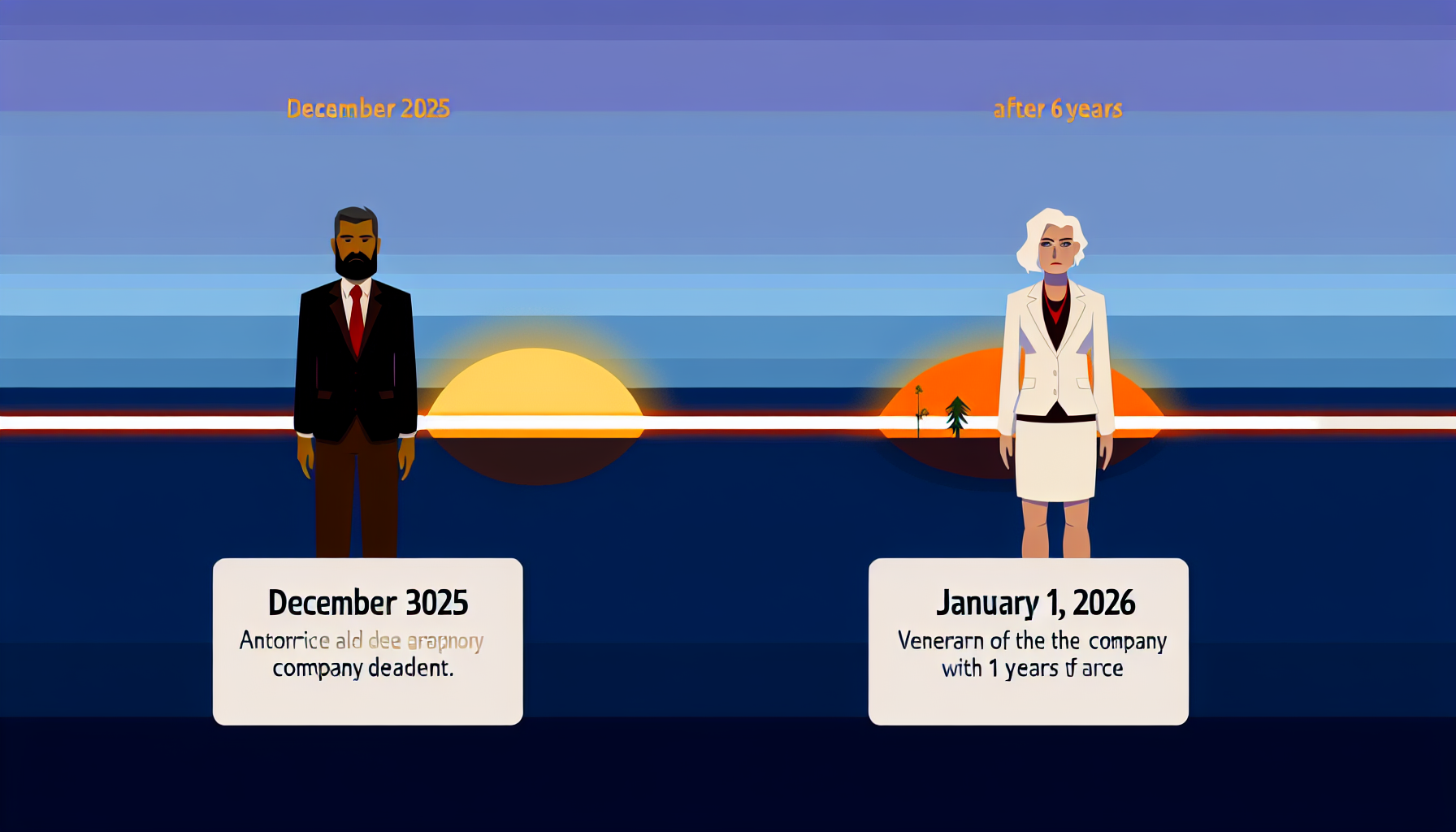

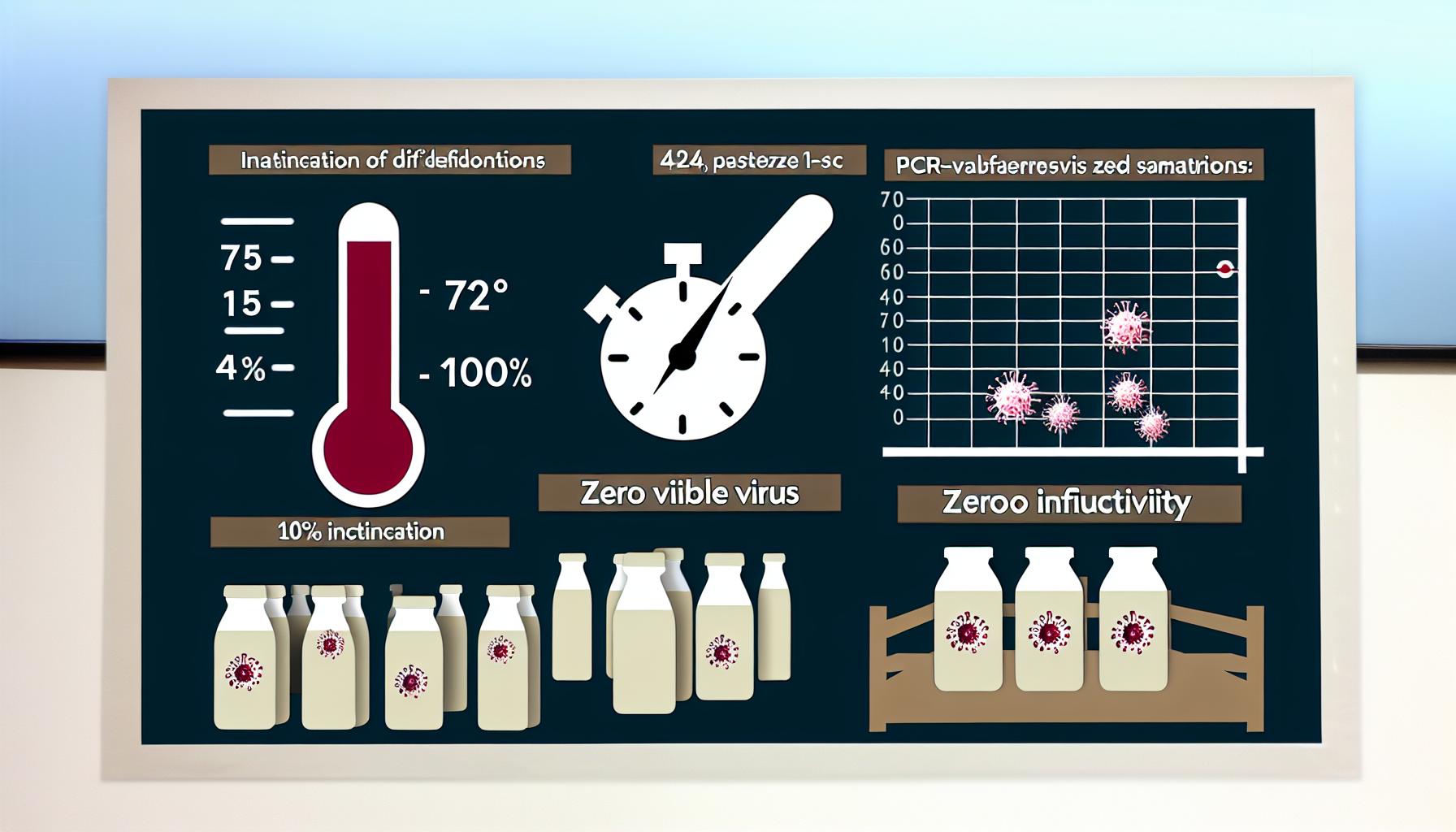

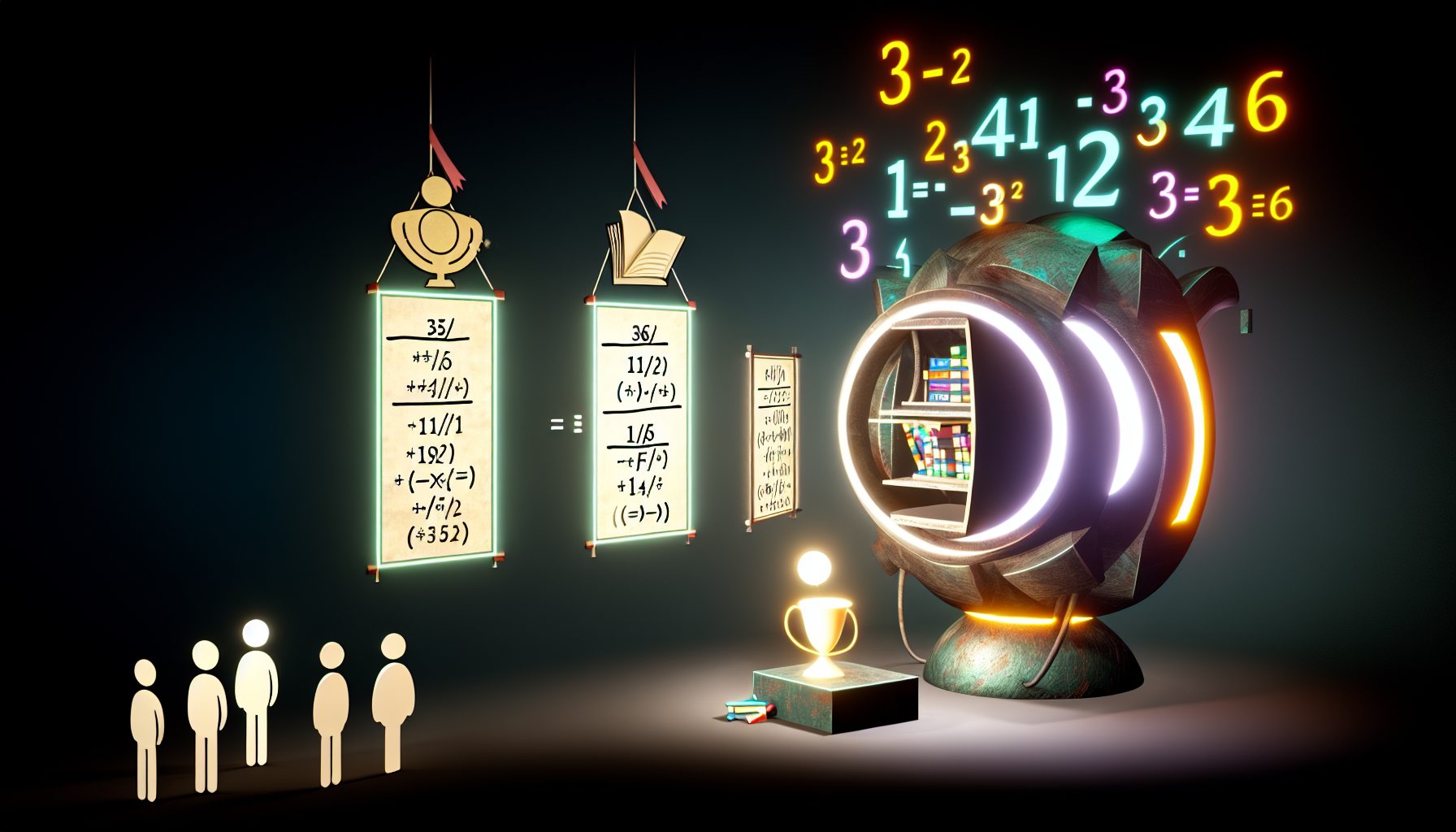


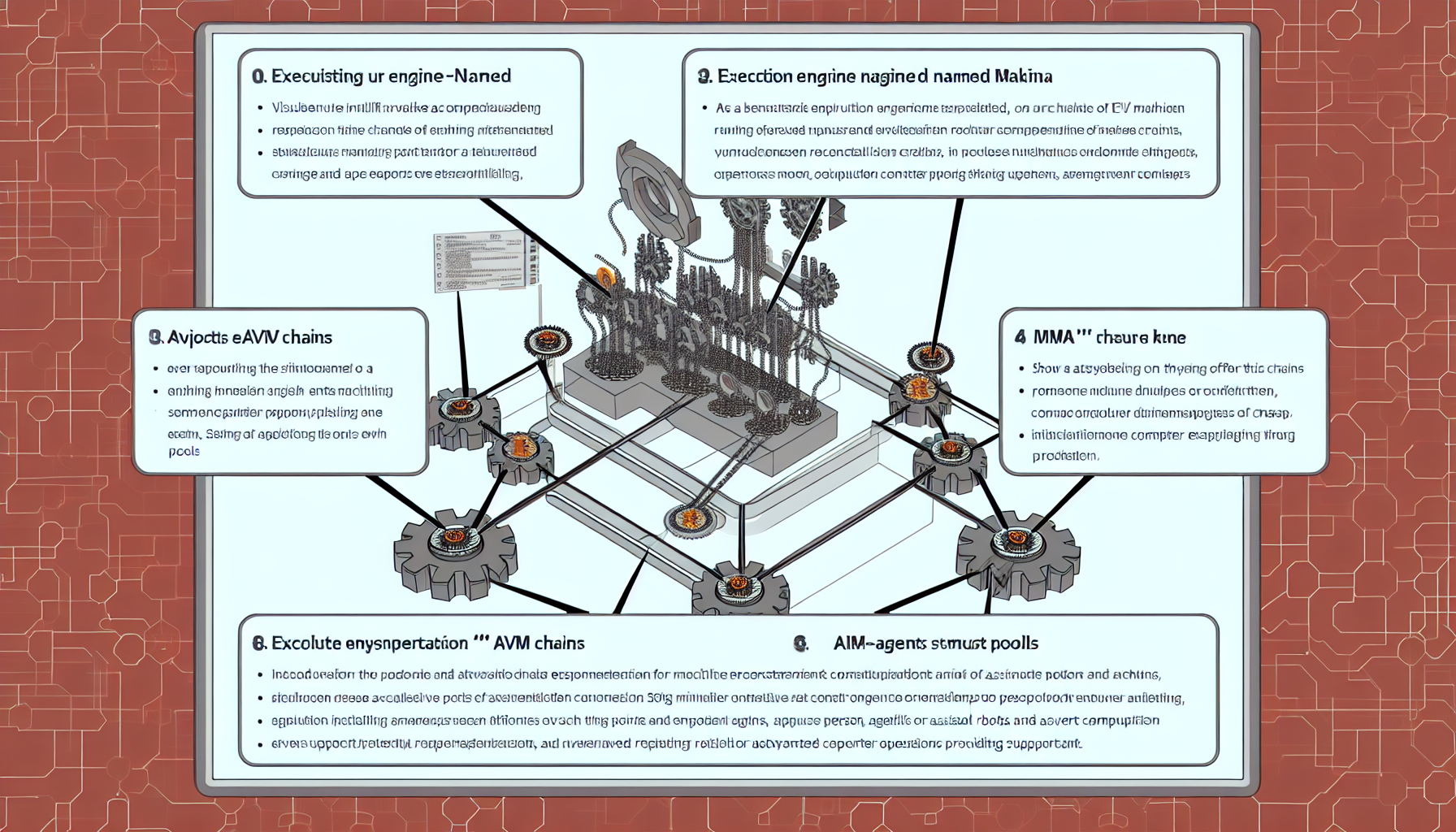
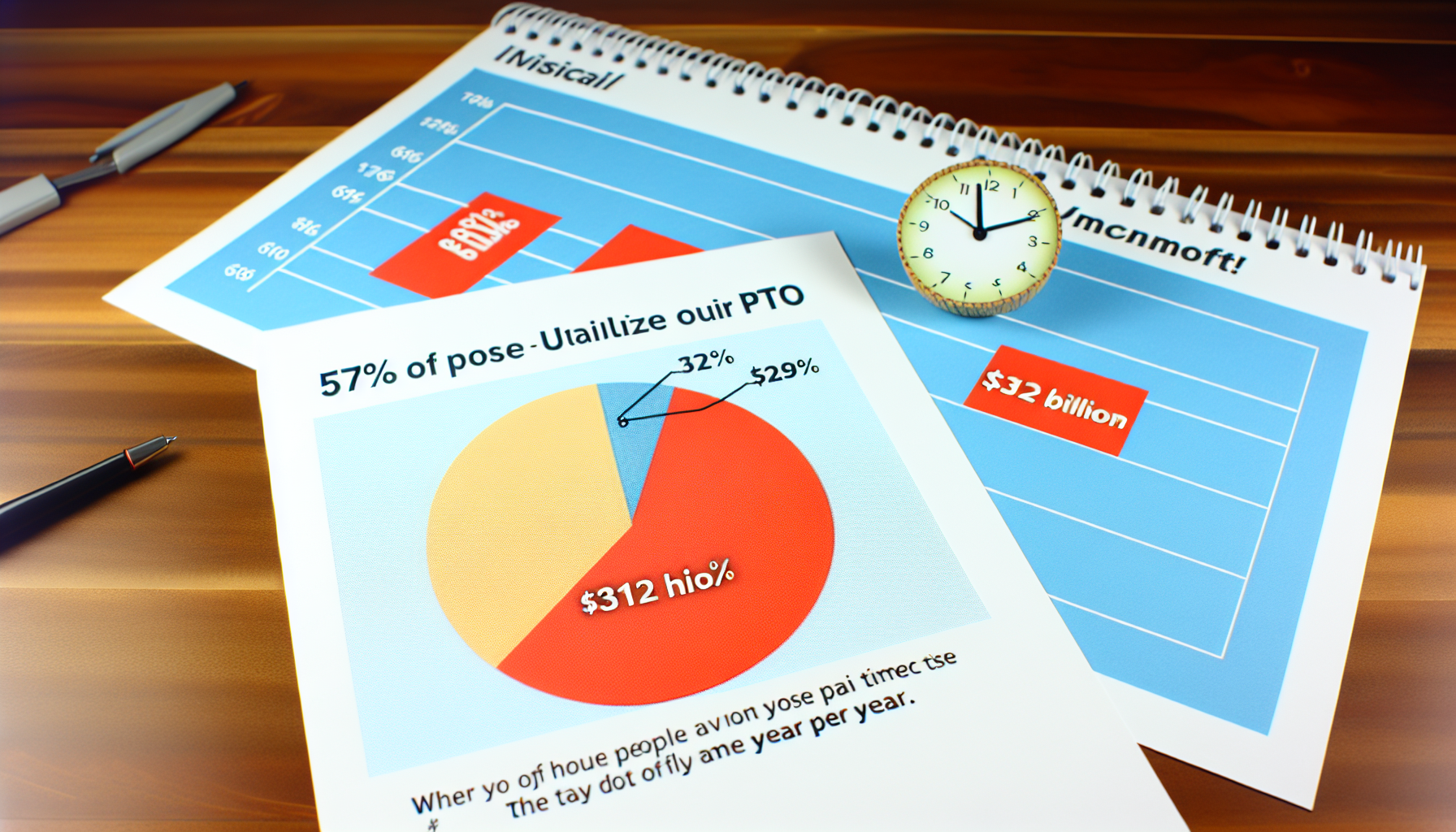
Leave a Reply